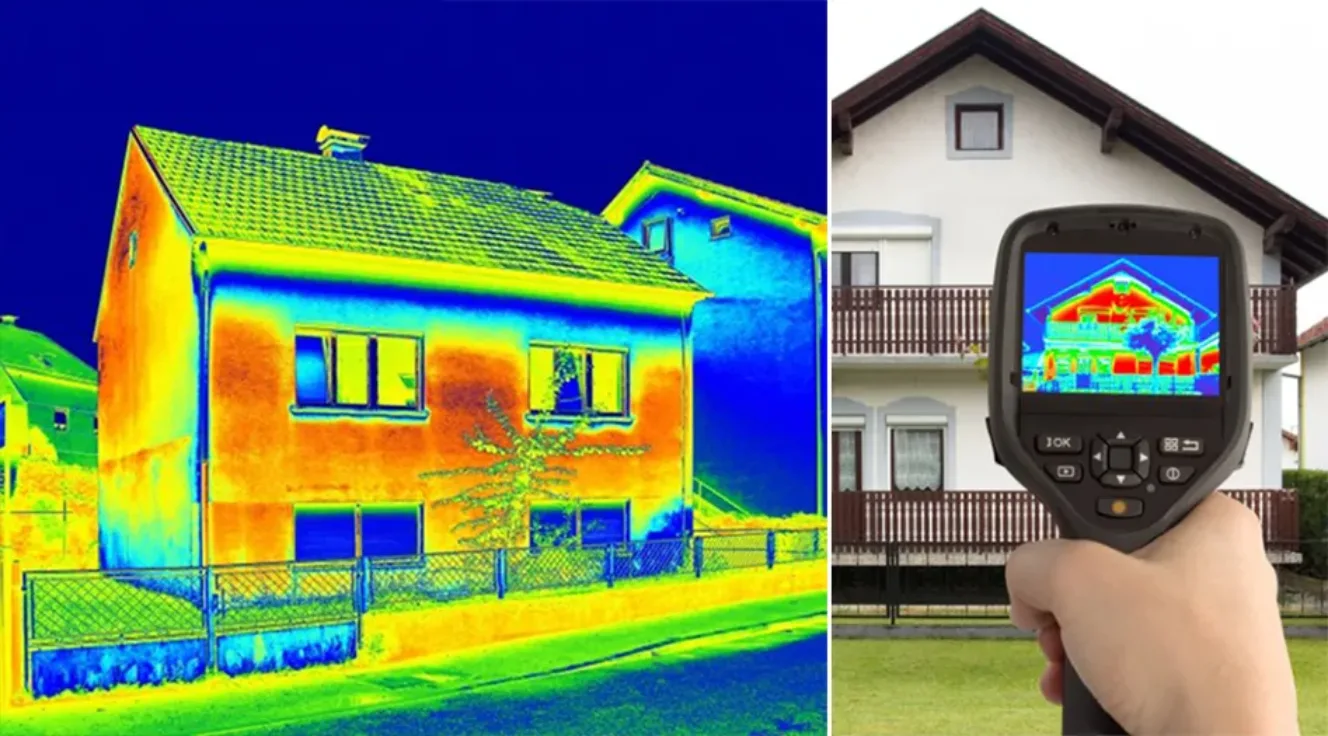About this course
Course Motivation
The building stock in the State of Illinois represents approximately 40% of our total greenhouse gas emissions, demanding about 75% of our electrical production. At the University of Illinois, buildings play an even bigger part, representing over 80% of our greenhouse gas footprint. Landscapes also contribute to our greenhouse gas footprint. The cultural memory of this campus and, more broadly, of our civilization is embedded in our buildings and landscapes. This class explores the built campus environment as it relates to sustainability and planning for carbon neutrality. Engaging campus buildings and landscapes as a learning laboratory, students learn about how we use our buildings and landscapes and how we can improve them.
Clearly, any path toward carbon neutrality will need to include vast improvements in energy efficiency, as well as approaches toward self-support through renewable energy systems. Technologies for these strategies already exist, although we have been slow to engage students in their discovery, analysis, and implementation.
In this class, students learn about carbon foot printing and climate action planning with an emphasis on building energy analysis.
Objective
The main objective of this course is to teach students how to think about carbon from an energy and sustainability-centric perspective. Students learn about and apply knowledge to the study of buildings and landscapes, their histories and designs, their past and present uses on campus, and how they can contribute to a carbon neutral future.
Outcomes
This course offers a significant opportunity for students to engage urban carbon footprints. Simultaneously, it gives students a set of important and highly marketable skills in building energy systems modeling and analysis.
Learning Philosophy
This course involves lectures, classroom discussions, laboratory sessions, and outside applications. Some of the discussions are led by students. Participatory learning is essential and stressed.
Same as UP 466.
4 credit hours
